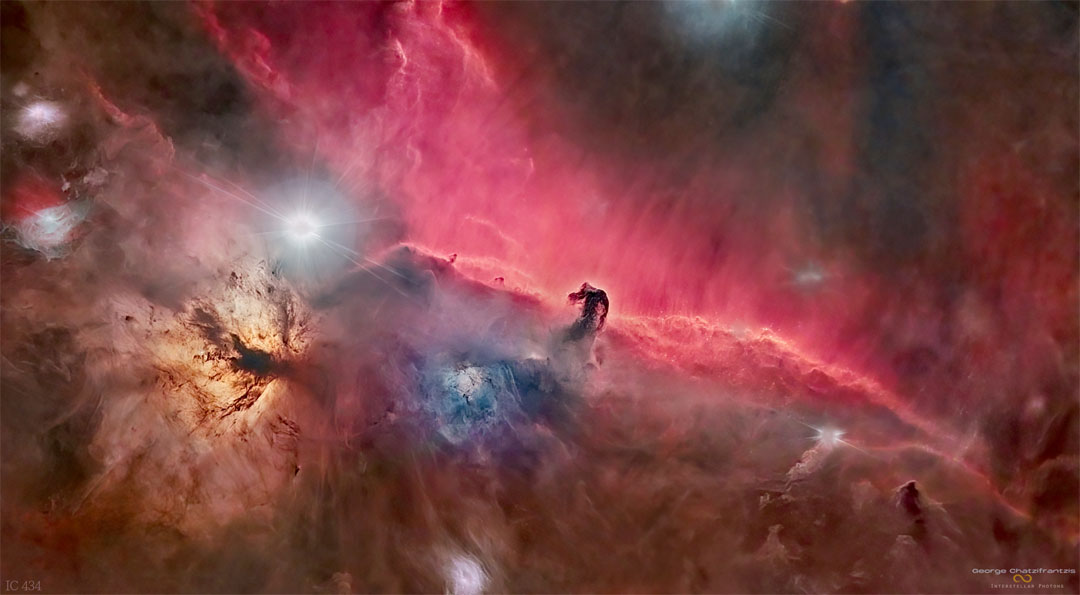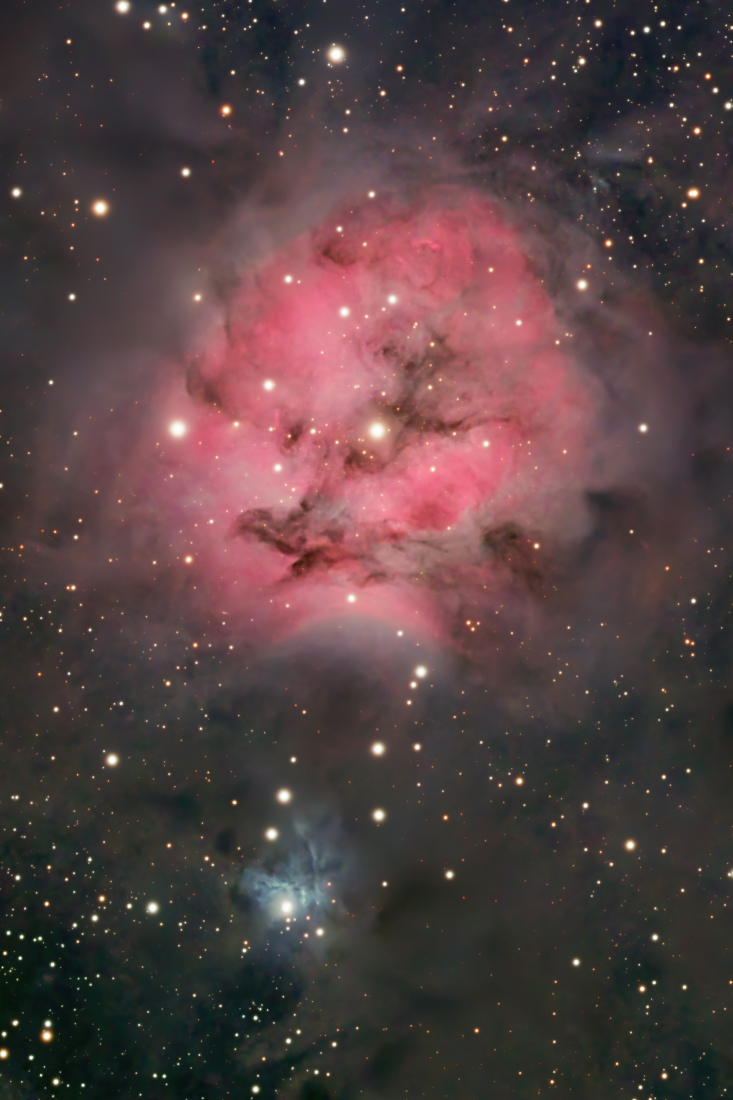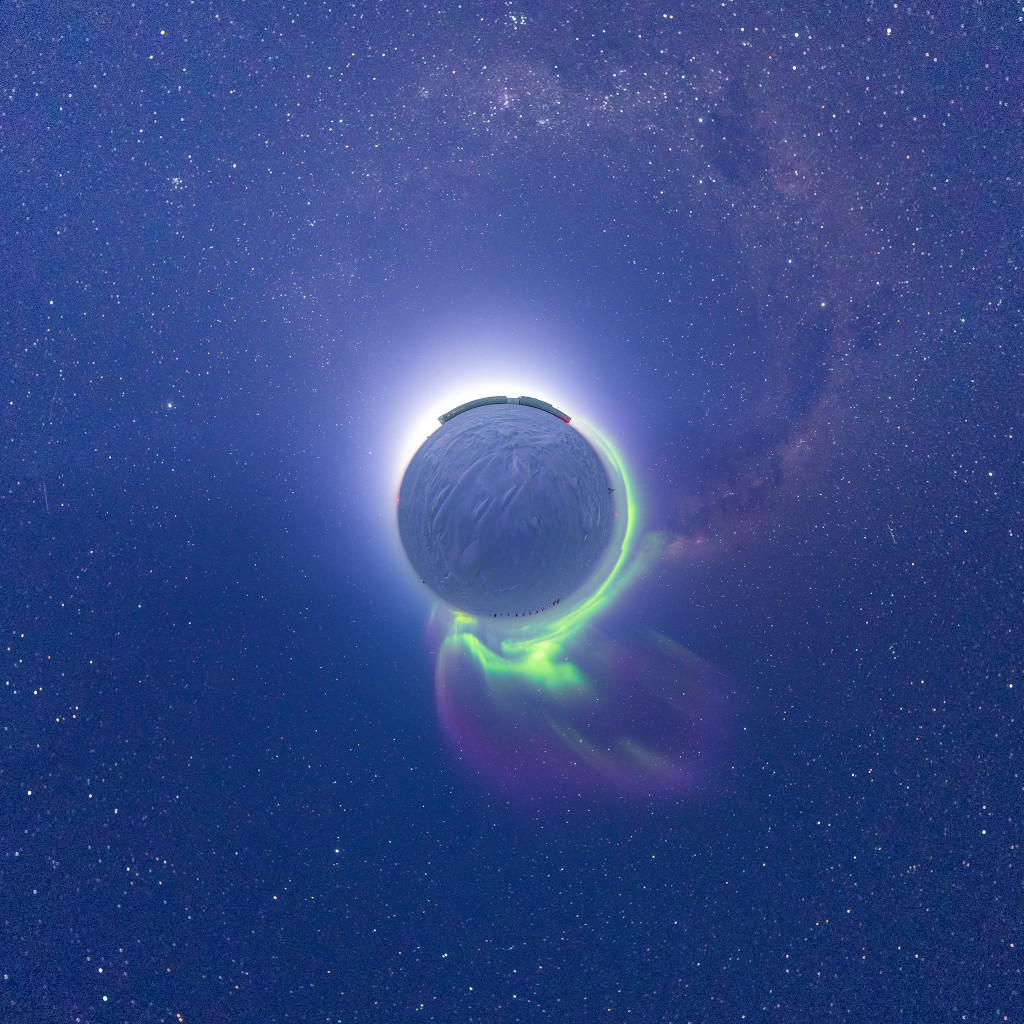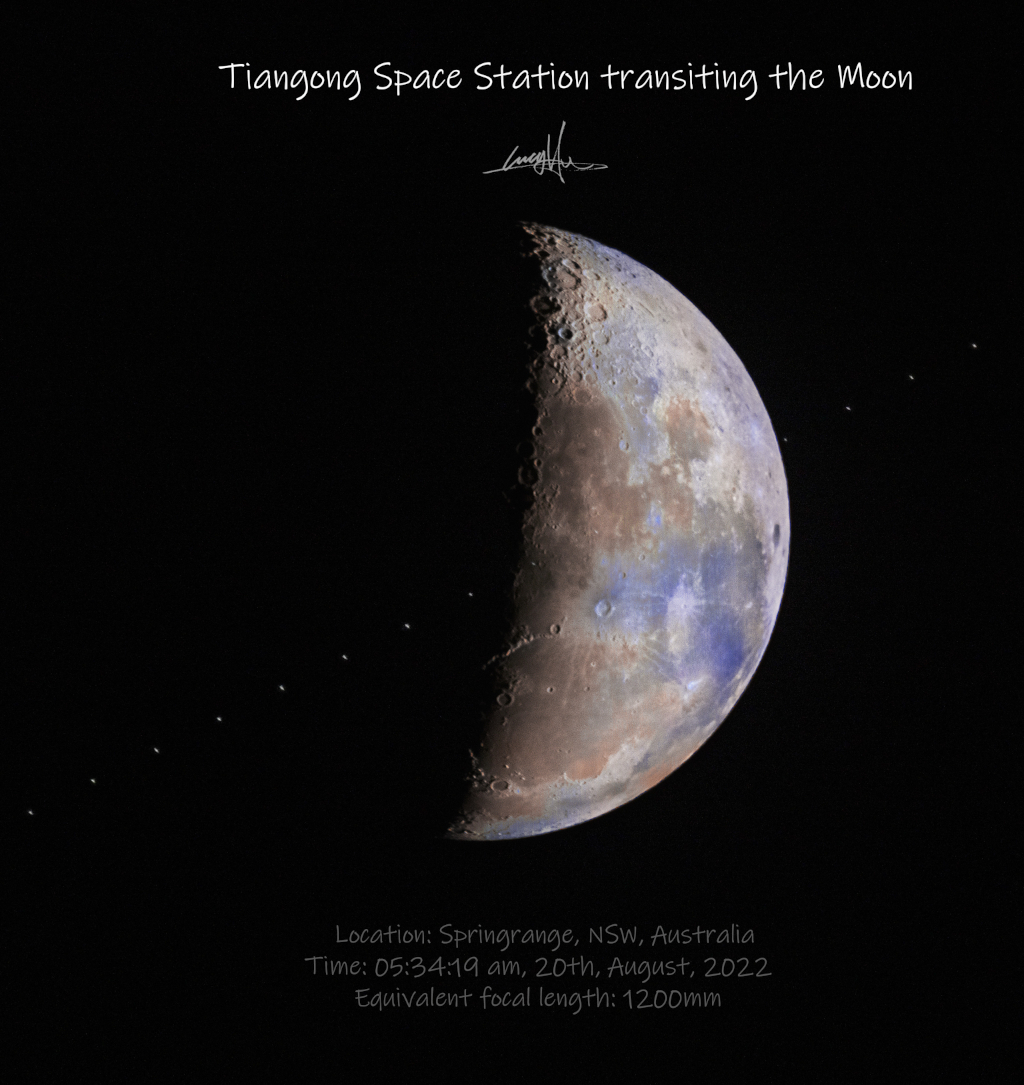
NASA’s Space Launch System (SLS) rocket with the Orion spacecraft aboard is seen atop the mobile launcher at Launch Pad 39B, Monday, Aug. 29, 2022, as the Artemis I launch teams loaded more than 700,000 gallons of cryogenic propellants including liquid hydrogen and liquid oxygen. via NASA https://ift.tt/ZcfihzW








